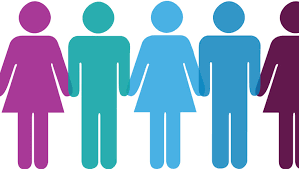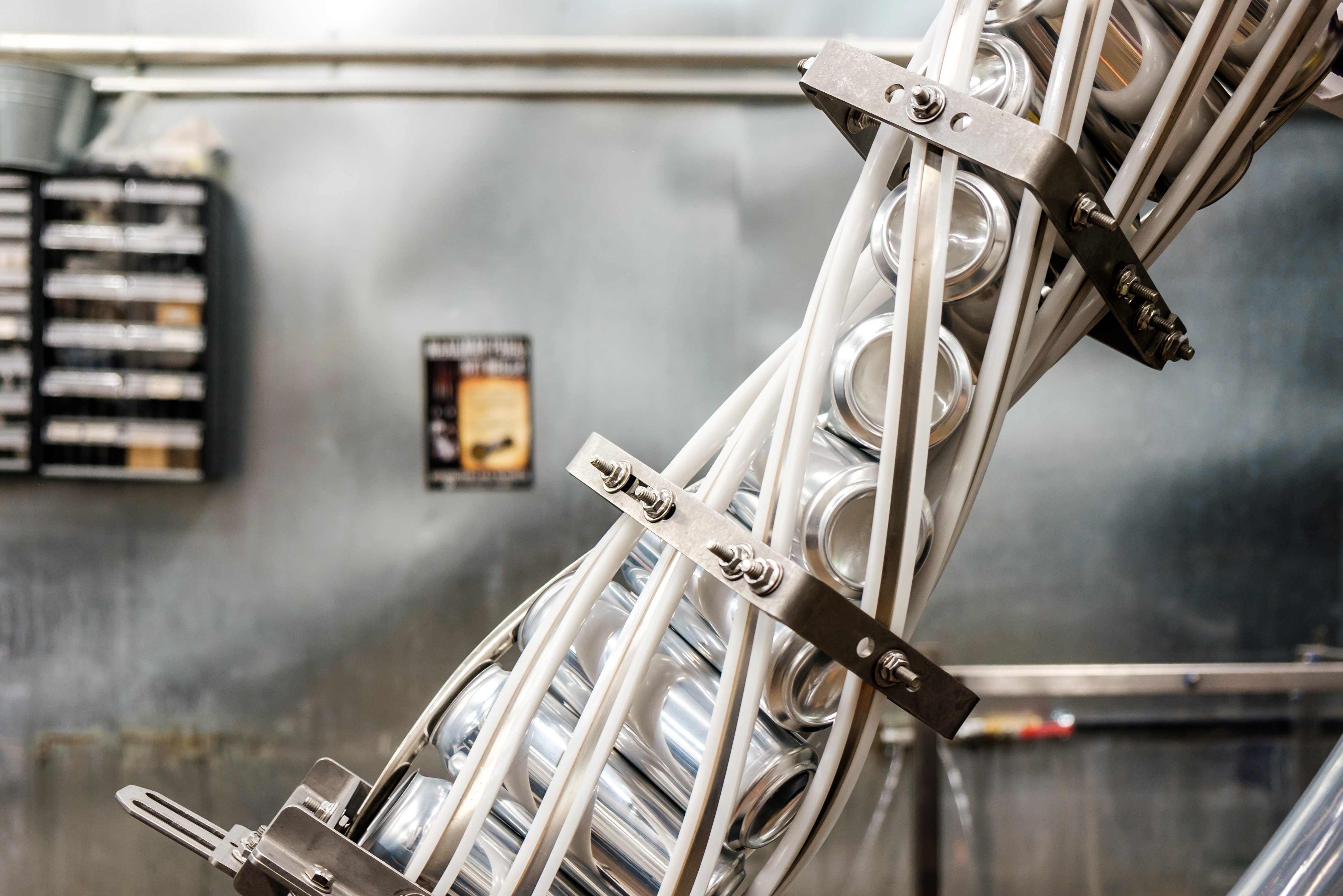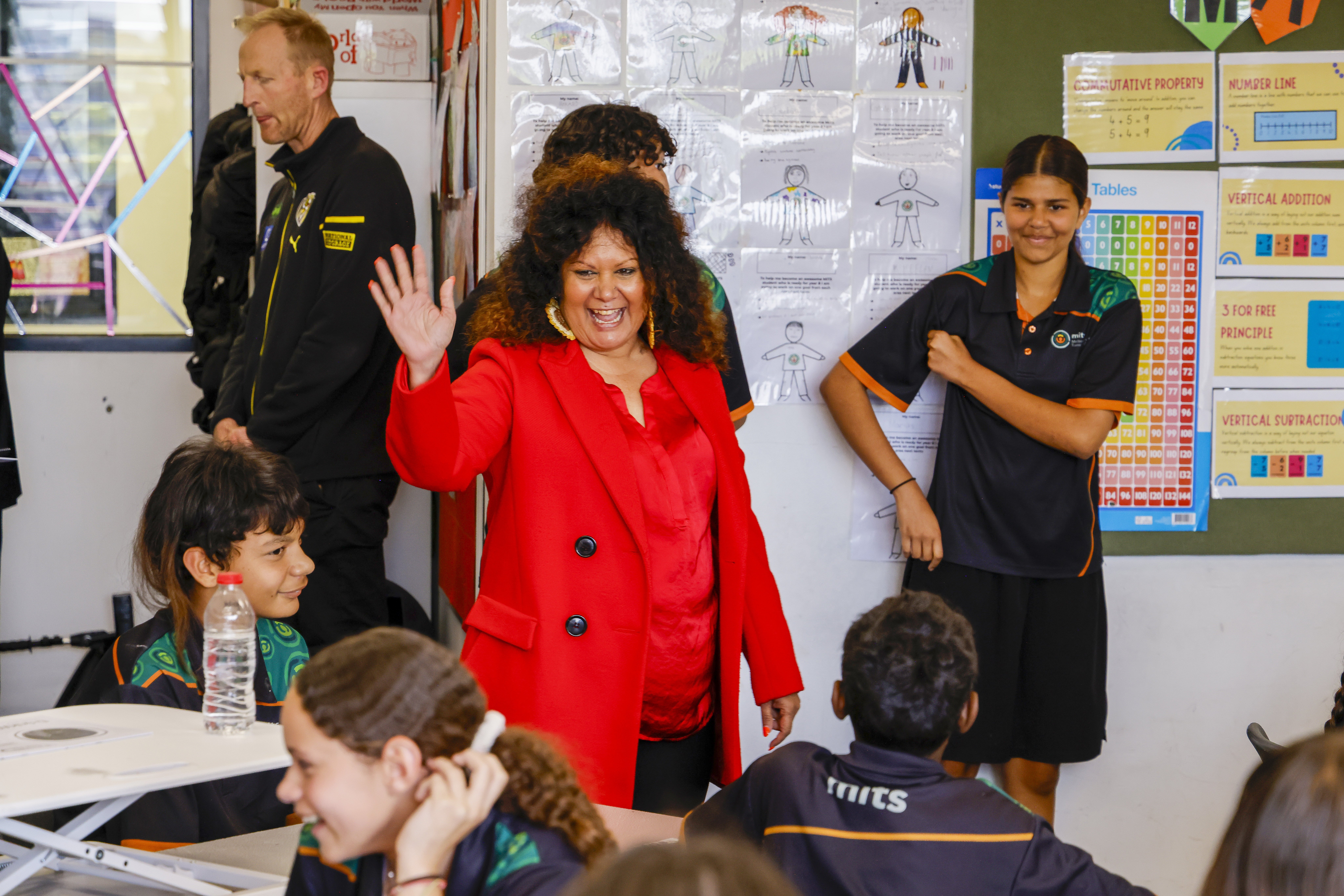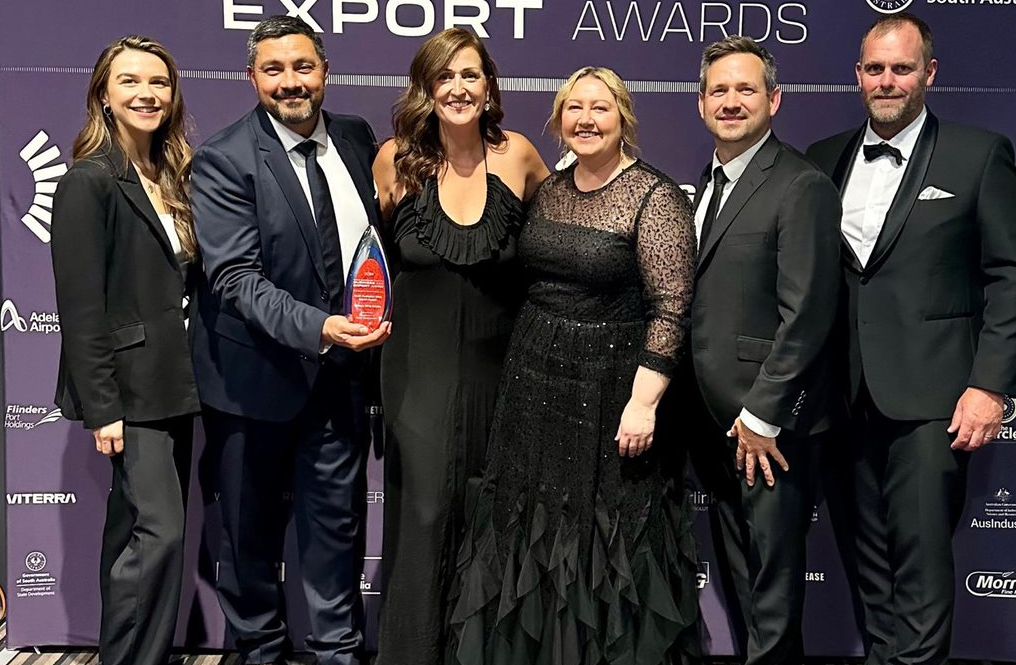1: Proper identification
Always capitalise 'Indigenous' and 'Aboriginal' when you're referring to Indigenous Australians. It’s a proper noun that requires a capital letter. Think of it the same way you would ‘French’ or ‘Malaysian’.
2: Better to ask than guess
If you’re not sure what pronouns someone uses, it’s better to ask than to guess. The Victorian Equal Opportunity and Human Rights Commission has released a widely applicable guide for journalists on respectful language relating to gender identity.
3: What does LGBTI stand for?
LGBTI stands for Lesbian, Gay, Bisexual, Transgender and Intersex but doesn’t include the full range of sexual orientations and gender identities. Adding a plus sign (LGBTI+) can be more inclusive.
4: Intersex?
Intersex people are born with biological sex characteristics that don’t fit typical definitions of male and female. It occurs in around 1.7 percent of babies making it almost as common as being a redhead!
5: Disability vs accessibility
Shifting your focus from the person and their disability to the work environment’s accessibility ensures the focus is on providing a workplace that is inclusive of all people – with and without disabilities/impairments.
6: Assumptions based on appearance
Remember, someone’s appearance, accent or name is not a reliable guide to their being 'Australian' or not. Avoid asking someone where they are from and comments on the quality of their English.
7: Man, person or object?
Using the term Chairman can reinforce the idea that leaders are always men. Using other words such as Chair, Chairperson, Convener, Coordinator, or Leader are preferable.
8: Quiet prayer and meditation
In order to be inclusive of both believers and those who may wish to take time during the workday for personal worship or reflection, the Tanenbaum organisation based in the US recommends calling spaces dedicated for this purpose “Quiet Rooms” (as opposed to “Meditation Room” or “Prayer Room”).
9: Why 'Welcome to Country'?
"Do we need a ‘Welcome to Country’ or can we just play a DVD?" A Welcome to Country is a ceremony performed by Aboriginal or Torres Strait Islander people to welcome visitors to their traditional land. Inviting an elder to conduct this ceremony in person (and not pre-recorded) is the best way to show awareness of and respect for the connection these traditional custodians have towards the land. It demonstrates a commitment to reconciliation.
10: Where are her kids?
"Why doesn’t Gladys Berejiklian have children?" The fact that reporters asked this of NSW’s first Liberal Premier in 2017 is a reminder of how women continue to be judged by standards that don’t seem to apply to men.
Remember language is a powerful tool for building inclusion and exclusion at work. The things we say and write affect to what extent team members feel valued and respected and able to contribute their talents to drive organisational performance.
Share the content










